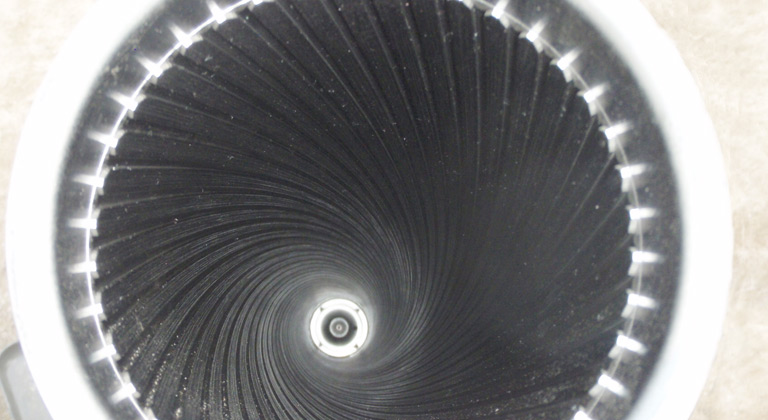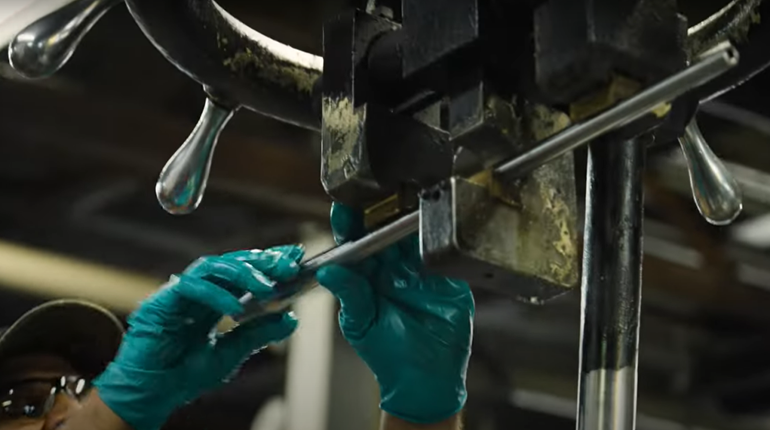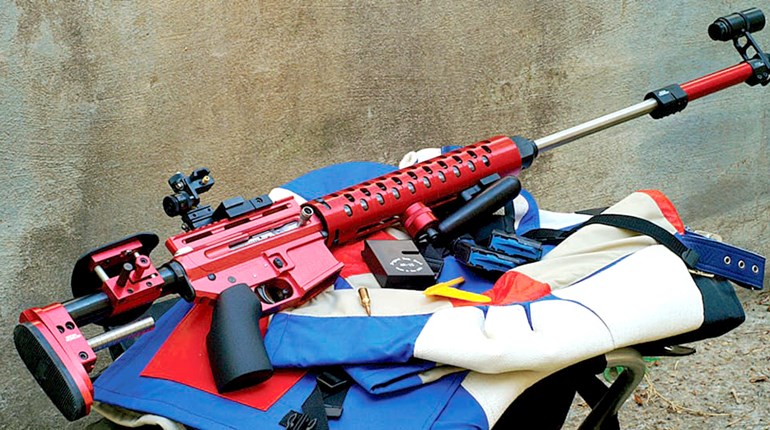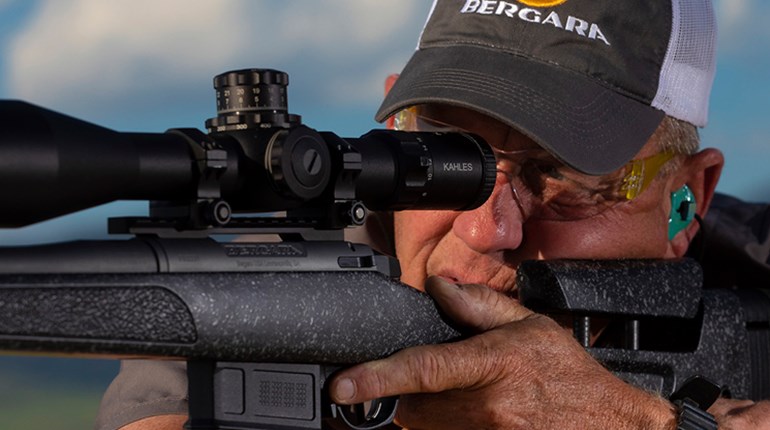
Rifling takes the form of one or more lands and grooves of differing widths, profiles, arrangements and twist (turn) rates. The spiral depressions in the bore surface between the lands are called grooves; the lands are projections on the bore surface between the grooves.
Land diameter is taken as the diameter of the circle formed by the top of the lands, and groove diameter is taken as the diameter of the circle formed by the bottom of the grooves. The difference between these two dimensions is the groove depth. This is normally around .005 inches to .010 inches. The groove depth selected depends upon the type of bullet to be fired in the barrel. For example, muzzleloading firearms and cartridge arms intended for lead bullets normally have deeper grooves than cartridge arms for jacketed bullets. Groove diameter is usually the same diameter as the bullet that is to be used (e.g., .308-inch-diameter bullets are intended for a groove diameter of .308 inches).
The width of the lands and grooves depends upon the preference of the barrelmaker and/or the customer. Normally, land width is less than groove width.
The number of lands and grooves may vary from one to 20 or more, depending on the preferences of the barrelmaker/customer. Most common are four, six or eight lands and grooves. Barrels with more than eight lands and grooves are sometimes called "multigroove" or "microgroove" types. An even or uneven number of lands or grooves may be used.
Lands and grooves will be found with differing profiles or shapes. The most popular profile is the type with sharp corners on the shoulders of the lands and grooves. This type of profile is often called "conventional" rifling. However, other profiles such as polygon, sloped or ratched-edged, semi-polygon and others will be encountered.
Rifling lands and grooves are arranged according to the preference of the barrelmaker or customer. The most popular arrangement consists of an equal number of lands and grooves arranged so that a land is directly opposite a land. However, land and groove arrangements can consist of an unequal number of lands and grooves, such that a land is opposite a groove. Such an arrangement is often called "Enfield" or "5R" rifling.
Rifling is made with different twist rates or turn rates depending on the stabilization requirements of the bullets to be used. Most rifling is of constant twist rate, meaning the rate of turn is the same from the origin of the rifling to the muzzle. A second type of rifling is known as "gain twist" or variable twist. In this type of rifling, the turn rate starts slowly at the origin of the rifling and increases in rate toward the muzzle. Gain twist is popular on some muzzleloading rifles, and occasionally will be found on some cartridge firearms as well.







































